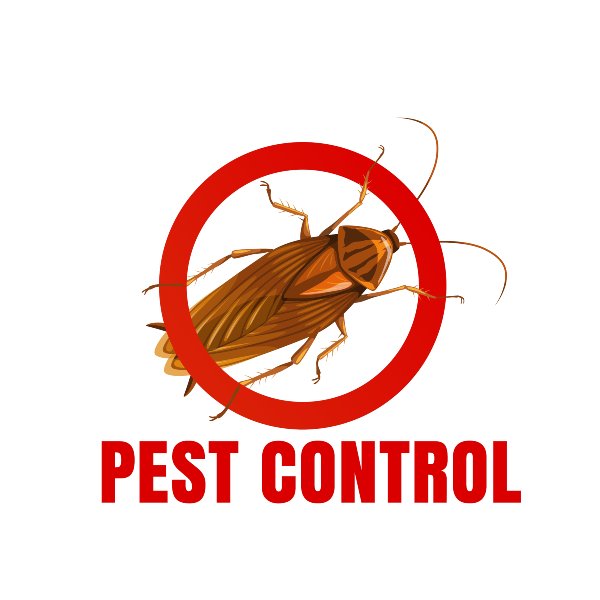Reliable A1 Bed Bug Treatment in Charlotte - Safe and Proven Approaches
Reliable A1 Bed Bug Treatment in Charlotte - Safe and Proven Approaches
Blog Article
Bed Pest Treatment Breakdown: Contrasting Chemical Vs. Non-Chemical Solutions
In the realm of parasite control, specifically when handling the persistent problem of bed bugs, the selection in between chemical and non-chemical therapy solutions can be an essential one. Both strategies supply distinct benefits and disadvantages, affecting factors such as effectiveness, safety and security factors to consider, and total price. By analyzing the nuanced details of each technique, a more clear understanding of which course to seek in dealing with a bed insect problem can be attained.
Effectiveness of Chemical Treatments
Chemical therapies for bed insect invasions have actually been extensively acknowledged for their fast and powerful effectiveness in getting rid of these pests. When thinking about the effectiveness of chemical therapies, it is crucial to comprehend that they can supply a thorough and fast solution to a bed pest problem.
Furthermore, chemical therapies have the advantage of offering recurring impacts, indicating that they can remain to remove bed bugs also after the preliminary application. This recurring activity is particularly advantageous in combating any kind of prospective re-infestations. Additionally, the quick activity of chemical therapies can bring relief to individuals dealing with severe bed insect invasions, permitting them to restore control of their space promptly.
Safety And Security Interest In Chemical Solutions
When using chemical solutions for bed pest treatment is making sure the safety of residents and the setting,One essential element that needs mindful factor to consider. While chemical treatments can be efficient in getting rid of bed insects, they might position threats if not managed appropriately. One of the primary safety worries with chemical remedies is the potential harm they can trigger to human health and wellness. Direct exposure to certain chemicals used in bed insect therapies can cause respiratory system issues, skin irritation, or various other damaging reactions, particularly in people with pre-existing conditions or level of sensitivities. Furthermore, incorrect application or dosage of chemical pesticides can lead to poisonous residues remaining in the treated area, positioning long-term wellness dangers to passengers.
Moreover, the environmental influence of chemical solutions is another considerable factor to consider. Some pesticides used in bed pest therapies might be dangerous to useful insects, wildlife, and communities if they leach right into the dirt or water supply. It is essential to make use of chemical therapies carefully, complying with security standards, and considering much less poisonous options to reduce these dangers and ensure the reliable and risk-free management of bed pest invasions.
Advantages of Non-Chemical Techniques
Considering the possible safety issues and ecological influence associated with chemical services for bed bug therapy, checking out non-chemical approaches provides an appealing choice with a number of distinctive advantages. Non-chemical treatments are eco pleasant, as they do not add to air or water air pollution, making them a sustainable selection for parasite control.
Furthermore, non-chemical options can be reliable in targeting bed pests, including hard-to-reach areas where chemical treatments may not permeate. Techniques such as heat therapy, vacuuming, heavy steam cleaning, and bed mattress encasements provide comprehensive eradication without making use bat removal of damaging chemicals. Furthermore, non-chemical techniques can be much less disruptive, requiring minimal prep work and permitting for quicker reentry right into dealt with locations. On the whole, choosing non-chemical bed bug treatment techniques not just focuses on security and environmental management but additionally makes certain thorough and effective bug control.
Limitations of Non-Chemical Treatments

In addition, non-chemical therapies frequently call for multiple applications to accomplish successful obliteration. This can be time-consuming and may not constantly guarantee additional reading complete elimination of all bed insects and their eggs, particularly in hard-to-reach or covert areas.
Moreover, the success of non-chemical therapies greatly depends on proper application and thoroughness, which can be challenging for individuals without specialist experience. Inadequate application of non-chemical approaches might result in incomplete elimination, resulting in relentless infestations and the need for additional treatments.
Consequently, while non-chemical treatments have their advantages, it is important to recognize these constraints and consider them when determining one of the most efficient technique for handling bed insect problems.
Price Contrast: Chemical Vs. Non-Chemical Options
Given the constraints associated with non-chemical therapies, a necessary aspect to review in the context of bed bug administration is the expense comparison in between chemical and non-chemical alternatives. In comparison, non-chemical therapies like heat treatment or heavy steam can be a lot more pricey, with costs varying from $1,000 to $6,000 for a whole home. While the initial cost of chemical treatments may appear reduced, multiple therapies might be required to completely eradicate the problem, possibly raising the general price.
Final Thought

Considering the prospective safety and security problems and environmental effect associated with chemical solutions for bed insect therapy, discovering non-chemical techniques provides an appealing alternative with a number of go to this web-site distinctive advantages.Given the constraints linked with non-chemical treatments, a crucial aspect to examine in the context of bed bug monitoring is the cost contrast between chemical and non-chemical alternatives. In contrast, non-chemical therapies like warmth treatment or heavy steam can be extra pricey, with costs ranging from $1,000 to $6,000 for an entire home. While the initial price of chemical treatments may appear reduced, several treatments might be called for to completely eradicate the problem, possibly enhancing the general price.In conclusion, when contrasting chemical and non-chemical bed insect therapy choices, it is vital to consider efficiency, security, benefits, restrictions, and expense.
Report this page